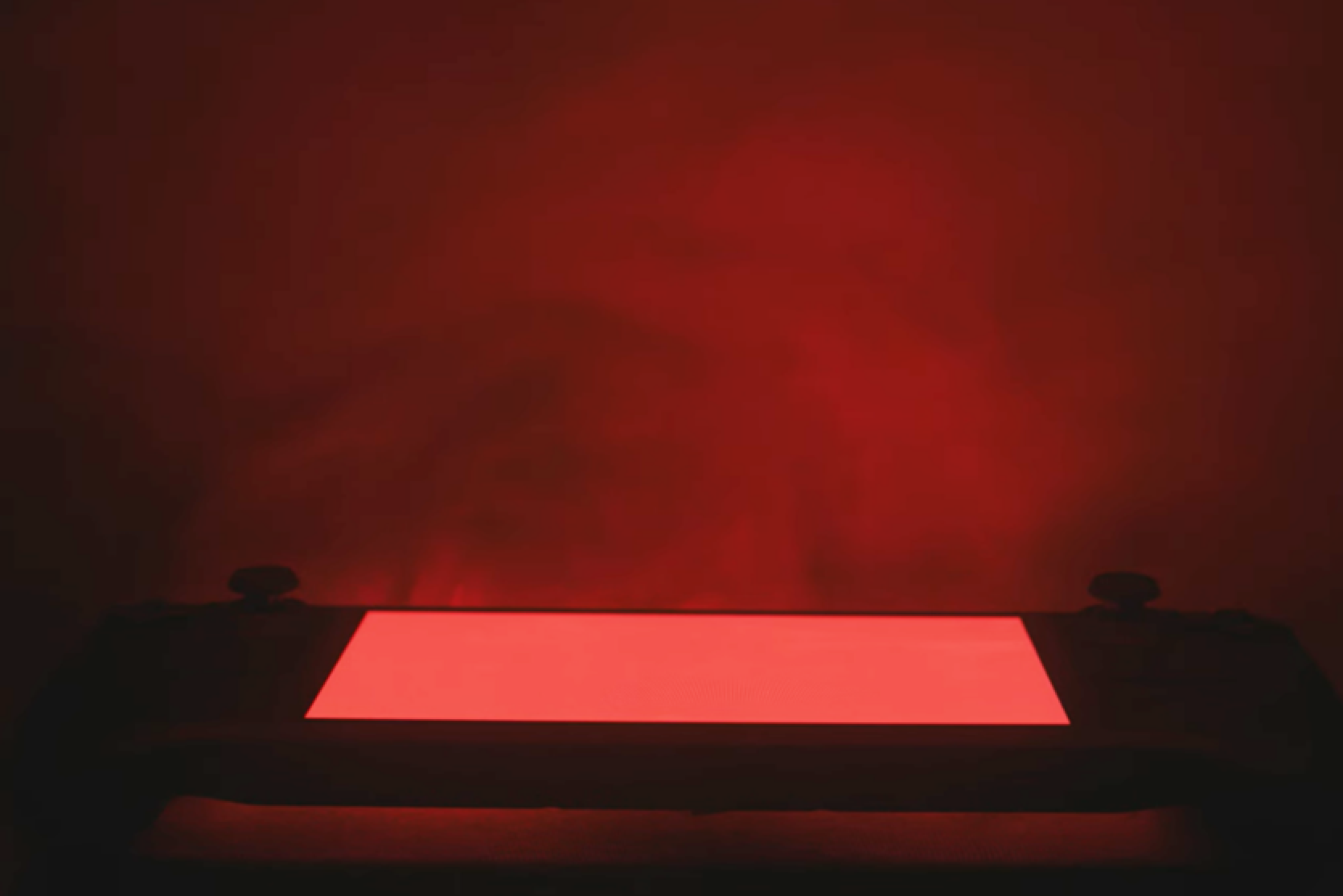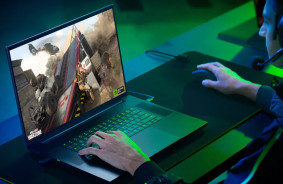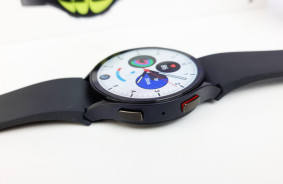The Steam Deck OLED console showed slight burn-in after a 1500-hour stress test conducted by YouTuber Wulff Den. While 1500 hours or 63 days is a long time, the OLED version of Steam Deck suffered burn-in much faster than the Switch OLED screen, which, as demonstrated by Wulff Den earlier, burned in about 3500 hours.
Since the invention of OLED displays, image retention problem, known as burn-in, has been critical. However, the latest OLED panels have a better design that should reduce the risk of burn-in. The YouTuber decided to compare the Steam Deck OLED with the Switch OLED. Both devices are almost identical at the subpixel level, displays could be from the same manufacturer.
For the test, a gaming screenshot of The Legend of Zelda: Breath of the Wild (just like for the Switch previously) with several color testing stripes was placed on the screen. The enthusiast set the brightness to 100%. The screenshot and the screen were in SDR mode with a brightness of about 600 nits.
The test was stopped at the 1500-hour mark when faint but noticeable signs of burn-in appeared. The colors that burned in the fastest at the subpixel level were red and blue, green remained the most stable. Size is an important factor in the risk of burn-in, and since red subpixels are the smallest on the Steam Deck OLED display, their faster burning is not surprising. However, blue subpixels are the largest, but they burned in the most.
As for Zelda interface elements, the only remaining detail seems to be red hearts in the upper left corner. But even in this area, the burn-in was quite minor and much harder to distinguish than the burn-in caused by colored stripes.
Wulff Den suggests that the reason for faster burn-in could be brightness. Switch OLED has a brightness of only 400 nits, higher brightness requires exponentially more power. Wulff Den also refers to a test conducted by another YouTuber, The Phawx, who checked burn-in with HDR content at 1000 nits and saw clear burn-in after 750 hours. Just 67% brighter, to halve the time.
Wulff Den reached out to Valve for comment on whether the OLED Deck uses any burn-in prevention technologies - the company replied that it does not. However, Valve stated that they are not aware of any burn-in issues that occur with users "under normal use," and that the one-year warranty will cover burn-in.
While burn-in can be a concern, Wulff Den concludes that the risk can be easily reduced by lowering the brightness and turning off HDR. "You need to be careful with increasing brightness." Playing on an external monitor is another option, especially for users who spend hundreds of hours on the same game.
Source: Tom`s Hardware














Comments (0)
There are no comments for now